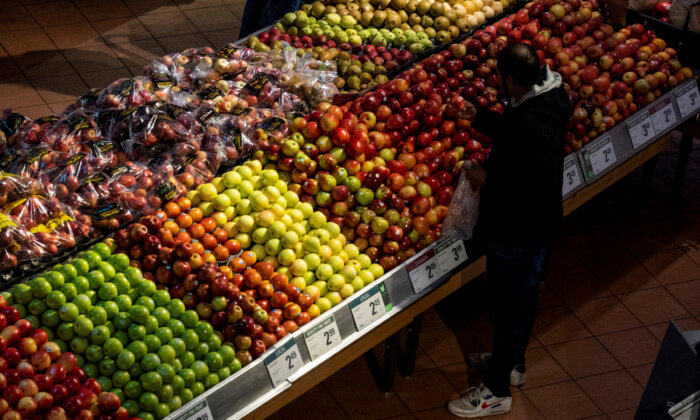In 2024, One Third of Canadians Have Taken Out Loans to Cover Essential Expenses
A third of Canadians have borrowed money to cover essential needs such as food and shelter in the past year, as revealed by recent federal research.
According to a report from the Financial Consumer Agency of Canada dated Dec. 4, 33 percent of surveyed Canadians had to resort to using a credit card, going into overdraft, or borrowing money to purchase food or meet monthly expenses in the last 12 months. This figure rose to 43 percent for individuals under 44, as first reported by Blacklock’s Reporter on Dec. 24.
When asked if they could come up with $2,000 in case of an unexpected need arising within the next month, 21 percent said they “definitely” could not, while 10 percent said they “probably” could not. Only 25 percent expressed confidence in being able to do so, as stated in the report titled “Data Collection for the 2024 Monthly Financial Well-Being Monitor” released on Dec. 23.
One-fourth of the participants, accounting for 25 percent, admitted that their income was insufficient to cover their monthly expenses. Additionally, 38 percent mentioned that they could manage to keep up with bills and financial obligations but found it challenging at times, while 15 percent confessed to falling behind in paying bills.
Majority of Canadians, 51 percent, disclosed that they maintain a household budget, and 49 percent revealed withdrawing thousands of dollars from their savings over the past year to fulfill their needs.
Regarding the types of debts owed, 19 percent had an outstanding student loan, 23 percent had a home equity line of credit, 24 percent were making car payments, 31 percent had a personal loan or line of credit, and 37 percent carried a balance on their credit cards.
When asked if they were currently behind on paying bills, loans, rent, or mortgage for two or more consecutive months, 6 percent admitted to this. Among Canadians below the age of 35, the rate was 11 percent.
Many Canadians are experiencing increased financial strain due to the inflation caused by the COVID-19 pandemic, as highlighted by the researchers.





